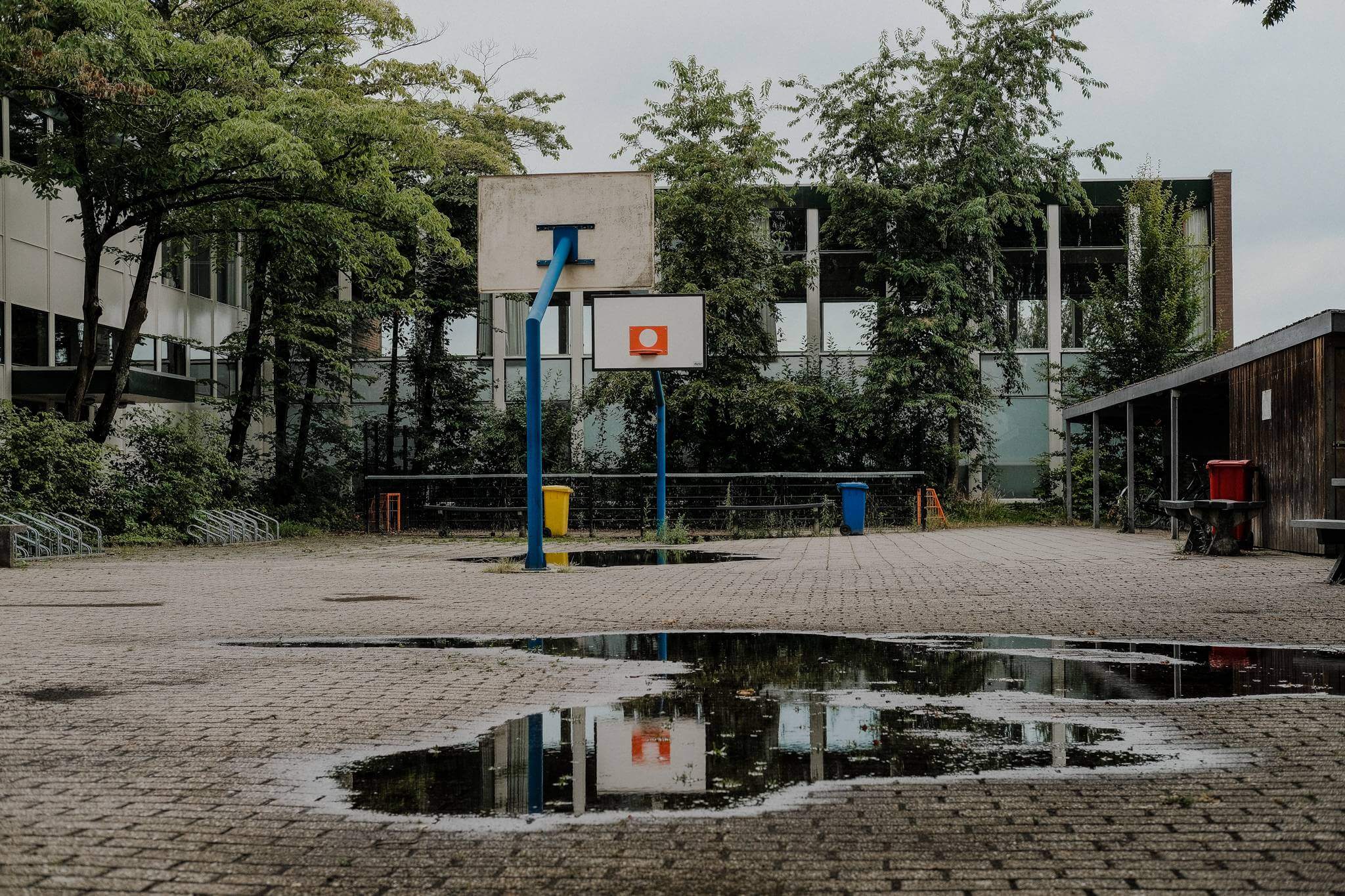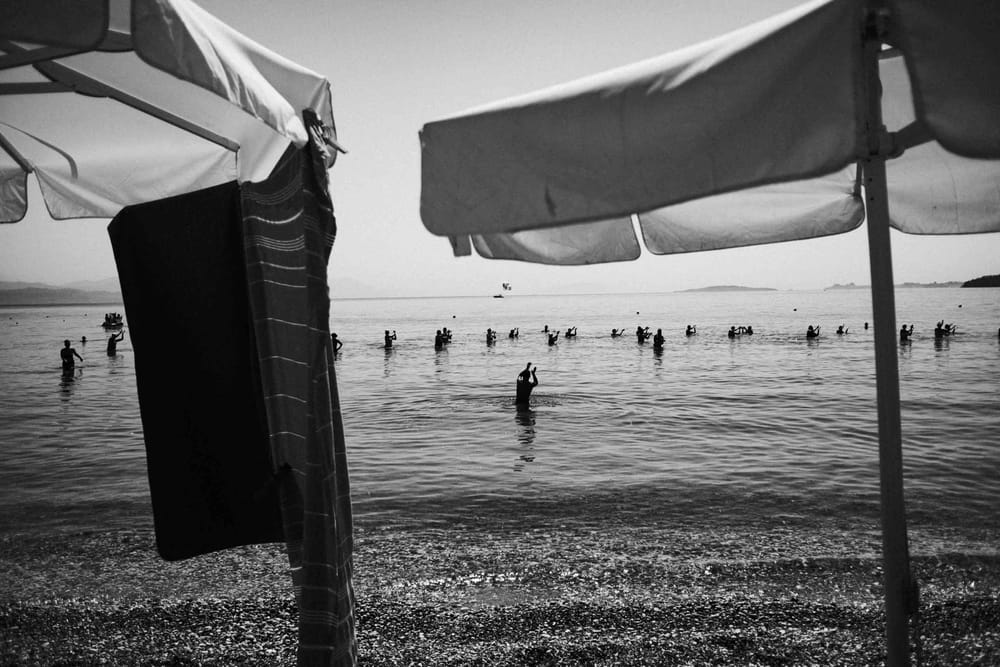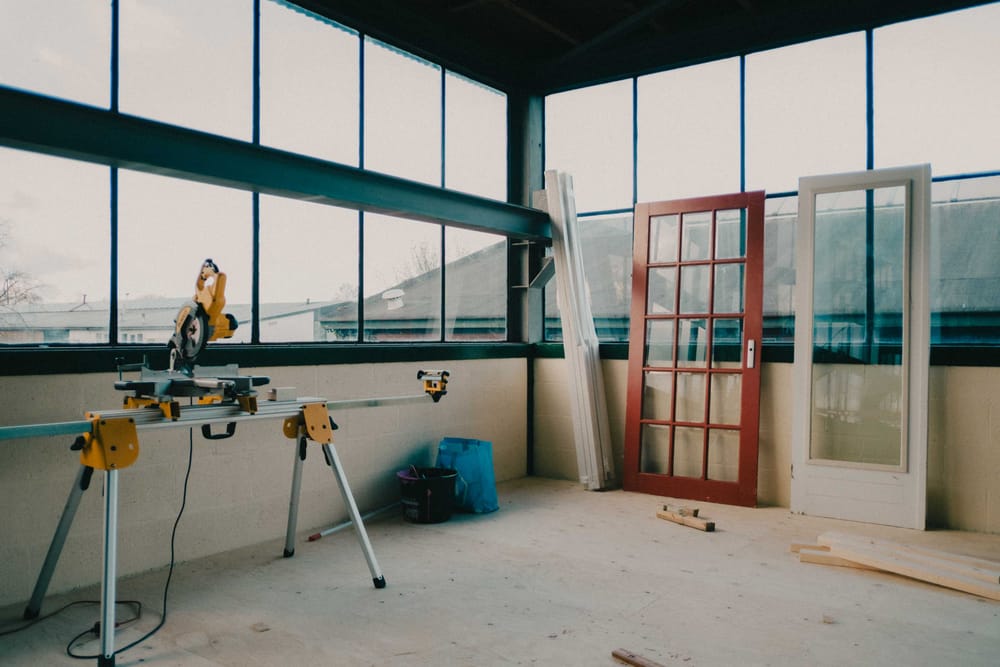Hello friends,
Thank you for sticking with me. It’s been a while since I wrote you. More than three months it has been, actually. Time is moving fast these days, which maybe has something to do with getting a little older. The days no longer count towards your time spent on earth as significantly as they did at younger ages. But I digress.
If you no longer know who I am, my name is Mitchel Lensink: photographer and wannabe writer from Amersfoort, The Netherlands. What you are reading is Dialogue, my infrequent newsletter about photography, personal development(-ish) and other things. I know, I know it’s all weird and unfocused but I like it like that. Hope you appreciate the beauty in the chaos too.
In case you don’t, Unsubscribing awaits ’round the corner of your next click.
This time, I wish to vent about the importance of building an archive for your work — a little on how I build mine — and a new YouTube video.
A YouTube video
Starting with that video: the last time we spoke was when I released my photography project One Two One and accompanying one-copy-in-existence book. The response to the project has been amazing! It‘s not a secret that a big reason the project exists, is because I wanted to develop my project-making skills and everything that entails. It basically was just practice. Nevertheless, the interest people have shown has been — how shall I say it — substantial. Friends and family visiting my home have made it a point to see the book and others took the effort to let me know they’ve gone through the project page on my website. Not often before have I received such good response on a project of mine. Thank you, thanks a thousand.
I then decided that wasn’t enough for me, so I stept out of my comfort zone in front of the camera, holding One Two One in hand. Yes, you have read that correctly, there is now a video of me going through the book as well! It was an idea I have had for longer but was too scared to do. Until one day I’ve decided it was enough and just went for it. I did the video in English (not my native language, which is Dutch), hoping YouTube’s algorithms will take a liking to me as I’m now playing by their rules. Though my main motivation being that all my other communication online is in English so this should be too. I was a little worried I’d be made fun of for the way I speak or whatever but that turned out to be mostly in my head (nobody made fun of me).
So if you haven’t seen the video yet, you can find it below.
The importance of archiving
Then, the more complicated, technical part of this missive. This will mostly concern other ‘makers’ so if you don’t consider yourself among that group, feel free to skip this part. Though in all honesty, I’d appreciate it if you don’t. This is something I’ve been pondering for a while and it concerns the collection, structuring and saving of my work. The main question being: How do you properly archive the things you make?
This is a non-trivial question, in my opinion, and one that is not asked often enough by not enough people. Many of us are concerned with creating things and less about preserving those creations. We’re always looking for the next thing to make, not taking the time to properly store — and therefore honour — our earlier work. I’m obviously exaggerating here but it’s a trend I see around me and it worries me. I’ve struggled with keeping a structured library in the past and have lost meaningful work and memories because of it. If I now see somebody importing a day’s work into a random folder on their desktop, I cry a little inside for the pain they’ll endure in the future. Because pain there will be, inevitably.

Anybody who does serious work — especially when there are other people involved — will have to dig into past work at some time in their career. If you then have to browse through endless folders called ‘Day at the Lake’, ‘Amsterdam’, ‘Amsterdam 2’ or — shudders — something like ‘184_Camerabrand’, you’re bound for a bad time. And that’s only talking about having a file structure. Having those files organised on some hard drive does not mean they are readily available and therefore don’t really count as an archive. Not yet.
Building a proper archive takes a little more than just storing your photos. You’ll want to properly name and tag your work, include location data, name the people in the shots, add some background info (all that stuff EXIF data is made for). Only then are you starting to look at an archive that you can draw from in the future. Need a shot from 2019 in Amsterdam or a photo of Person X? Neither shouldn’t be an issue if your files are properly organised and tagged up. The final step would be making that archive publicly accessible so people can browse it themselves but that’s not a necessity.
I myself have been using a file organisation I’m happy with for a few years now and recently got invested into building out a proper public photography archive as well. This started out as a search for a nice way to share photosets with clients and friends but is now slowly evolving into a little more than that. What am I doing then? I’m glad you ask, fine reader. My process is as follows.
I currently have another website set up on a subdomain of my website using SmugMug — the Power plan is sufficient for this and only costs 13 EUR a month. I then manually upload all the photos I want to have in my archive to a folder structure I have divided up in:
- Personal work: this only hosts my personal projects albeit in their most uncut form. You might find some shots in there that didn’t make the final project but are still worth preserving. I have separate galleries per project.
- Places: this folder is categorised based on countries my photos are taken. I used to go one level deeper by categorising by city as well but that turned out to be hard to do. Imagine being out in the field in between cities, when does one town become the next one? Or when you have only one amazing photo in a city, do you really want to create a separate gallery for that? Country borders are much more defined and provide sufficient granularity. If you want a shot from a particular city within a country, the search function will work magic — I haven’t tagged this up for nothing, have I?
- Client work: I mainly used this to host any shoots I did for clients — of course each in their own folder — so I could provide them with a self hosted download link that doubled as a nice online gallery. Way better and more professional-looking than a WeTransfer link. I don’t come here as much at the moment as I’m keeping freelance work at bay as much as possible again.
- Misc: this hosts random folders that aren’t made for clients, are not location dependent or aren’t important enough to qualify as personal projects. If you’re a friend of mine, you might‘ve received a link from this folder from me before.
- Licensed: I use this folder to collect images for people who wish to license my photos. After we agree on the terms and price, I collect the material they’ve picked from my archive into a separate folder that I then make available for them using a password-protected download link. This leads to some duplicates in my archive but I have unlimited storage so that’s no issue.
Using this system, I hope to built out my archive overtime so I will have a proper collection in a few years time. For example, I’ve started to do this more seriously only a few months ago and so far my ‘The Netherlands’ folder has over a 1000 images in it. I had some older work that was good enough to upload from other countries but hope other places will follow suit in the coming years too.
My ultimate hope with all this is that my work will hold — or gain — significance as time passes. Having a properly setup archive will allow me to easily shop around with an extensive backlog when it matters. I’m fascinated by pictures taken 10, 20 or even 100 years ago. The fact they probably have more significance now than when they where shot is an interesting thought to me. A photographer could shoot a seemingly bland image of a building then, which nobody looked twice at. Then the building gets destroyed and nothing remains of it but that image. What do you think happens with that image that was once viewed as bland? It might finally receive some seconds looks again!

I see photographers around me looking for old buildings, old cars, old whatever, so they can recreate the feeling the images from back then give us. But that mentality is incorrect as you are focussing on creating a fake reality that’s no longer true for the majority of the world right now. In the process you miss out on all the other things that make our current time special. Instead, I find it better (and a more interesting challenge) to point your camera at things you believe are of importance now and will probably be in the time ahead of us. You never know what the future holds but your images will at least help us remember what the world looks like now. And maybe, just maybe, someone will find a use for your images then. So if that happens, you better have a proper archive of your work that allows you to sell your images long after you’ve taken them. You don’t sufficiently value your own work and creativity if you don’t.
That should conclude my thoughts for now. I took a long time for me to get this thing out, which is mostly because I’m still writing daily Monologues (my 365 project of this year). I’m on a solid streak since January 1st and I have been slowly building a habit of writing things (anythings). While this caused me to start this newsletter to begin with, I find it also detracts from my time and motivation to write longer pieces. I don’t have the time to sit down with a thought as much as I must deliver another update for my project on the same day. A shame, because I rather sit on some ideas for a little while and share them with you in a more refined form. The year is moving quickly though, as I stated in the intro, so we’ll see how things change come next year. Turning this newsletter in a truly monthly one sounds very appealing at the moment (just twelve stories in a year! More time to write! Better formulated ideas!).
Finally, assuming you’re one of the two persons who’s still here, thanks for reading. I hope I am not boring you with my endless yapping but just in case I do, unsubscribing is always just one click away. In case you are in camp ‘bring it on! More of your words please! I need to read something on the toilet anyway!’ Then please provide a service to your friends and share this story with them. In the meantime, I’ll be here cooking up my next missive which will come sooner than later this time.
Thank you. Thank you for everything.
Mitch






